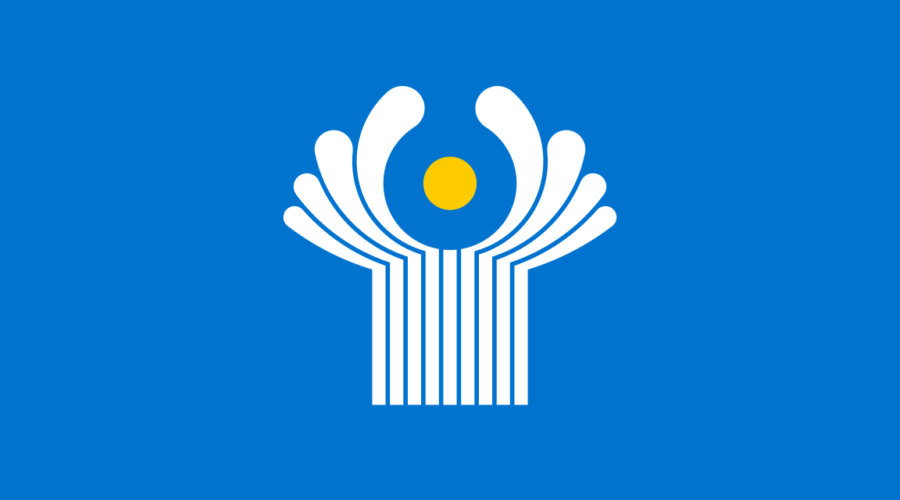The Commonwealth of Independent States (CIS) – formed in December 1991 following the dissolution of the Soviet Union – seems to be at a crossroads. If the Russian-dominated organization does not find a way to expand its zone of influence – which could be easier said than done – it risks losing its position in the international arena.
In Kyrgyzstan’s capital Bishkek on 13 October, the Council of Heads of State of the CIS (Belarus, Kazakhstan, Kyrgyzstan, Moldova, Russia, Tajikistan, Uzbekistan, and Turkmenistan as an associate member) held a summit aiming to strengthen their “cooperation in trade, economy and culture”. Although Armenia remains a member of the organization, its Prime Minister Nikol Pashinyan did not attend the event “due to a number of circumstances”.
“The Armenian prime minister flies six hours to Granada, participates in an incomprehensible meeting there, but he can’t fly for two to three hours to Bishkek. He has other important things to do”, Azerbaijani President Ilham Aliyev said ironically, commenting on Pashinyan’s move.
For Russian President Vladimir Putin, the CIS remains a “reliable and undoubtedly demanded and effective format of cooperation despite non-participation of some member states”. In reality, by skipping the summit, the Armenian leader expressed displeasure toward Russia. His decision not to participate in the CIS summit came amid a growing rift between Yerevan and Moscow over the Kremlin’s role in the Nagorno-Karabakh conflict that has recently been resolved in Azerbaijani favor. But in spite of strained relations between Russia and Armenia – two nominal allies in the Collective Security Treaty Organization (CSTO) – the Kremlin reportedly hopes to soon host a meeting between Pashinyan and Aliyev.
However, under the current circumstances, it is more probable that the European Union, rather than Russia, will play the role of a mediator in various disputes between Azerbaijan and Armenia. Quite aware that it is having a hard time preserving the South Caucasus in its geopolitical orbit, Moscow may now focus on strengthening its positions in Central Asia instead.
The Kremlin seems to have used the summit in Bishkek to increase Russian presence in Kyrgyzstan – another Moscow’s ally in the CSTO – and also to improve the status of the Russian language in the region. Russia is reportedly worried that the land-locked Central Asian state could eventually begin to follow Pashinyan’s footsteps and jeopardize its relations with the Kremlin. In an attempt to prevent such an outcome, Moscow has started strengthening military ties with Bishkek.
Prior to the meeting of the CIS leaders, Kyrgyzstan’s parliament ratified an agreement for a common air defense system with Russia. Alexander Kobrinsky, director of Russia’s Agency for Ethno-National Strategy, claims that the United States and the European Union “push Kyrgyzstan to distance itself from Russia”, and that the Western powers could “provoke a war between the two Central Asian states in order to deploy their own peacekeepers to the region”. According to the Russian expert, the West is also interested in “building a NATO base” in Kyrgyzstan. Could such Moscow’s fears be one of the reasons why Putin visited Russian air base in the Kyrgyz city of Kant, east Bishkek, for the 20th anniversary of its opening?
Russian leader’s visit to Kyrgyzstan was his first trip abroad since the International Criminal Court (ICC) issued an arrest warrant for him on March 17. But the fact that – following Yerevan’s decision to ratify the International Criminal Court’s founding Rome Statute – he can no longer travel to Armenia, suggests that the current CIS format might not be as “reliable and effective” as Putin claims.
It is, therefore, not surprising that his close ally, Belarusian President Alexander Lukashenko, stressed that “the time has come for serious consolidation within the CIS”. In his view, it is necessary to take a “critical look at the situation in the CIS instead of burying heads in the sand”. Lukashenko is almost certainly aware that, bogged down in Ukraine, Russia is unlikely to preserve all of its allied-countries in its orbit. What Moscow can do, though, is to attempt to increase political and economic ties between the CIS and the so-called Global South.
“It is important to work together, together with like-minded people from other regions of the world”, Putin said.
But given tense relations between CIS members Armenia and Azerbaijan, as well as territorial disputes between Tajikistan and Kyrgyzstan that threaten to escalate, the Commonwealth of Independent States unlikely looks attractive to non-Western actors. Economically, CIS members still have not eliminated trade barriers, created favorable tariff conditions, and simplified administrative procedures. In other words, before expanding its zone influence, the Russian-dominated entity will likely have to resolve its numerous internal issues.
In 2024 the CIS presidency will pass to Russia, which means that Moscow is scheduled to host the next CIS summit. Since the Kremlin continues losing allies, it will be interesting to see how many leaders of the former Soviet republics will participants in the next the meeting of the Council of Heads of State of the Commonwealth of Independent States.

